Can Gerbils Live In Traditional Hamster Cages?
Well, yes and no.
Gerbils and hamsters have a lot of generic things in common; they are both rodents, both fit in your hand and they are both sold in pet stores – they even both eat similar-looking food.
But that is generally where the similarities end.
They can both live in each others set-ups of course short term (although the gerbils are worse off in almost all cases) – but neither would be best suited to the others – or you even – as they have such different requirements. They are a bit like chalk and cheese.
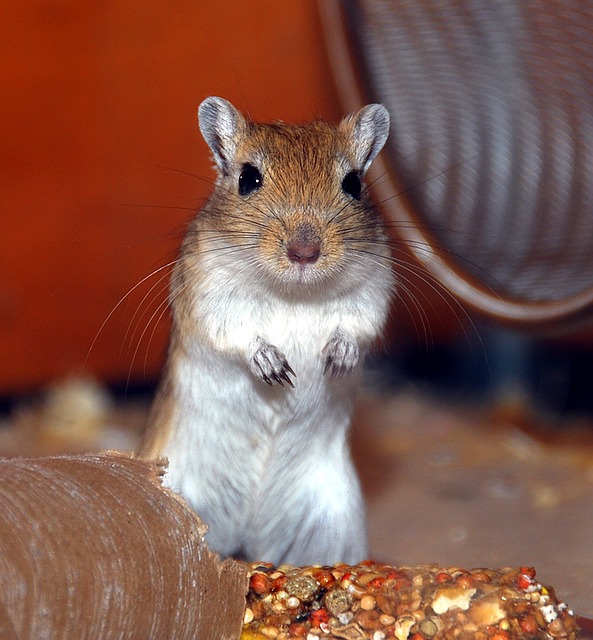
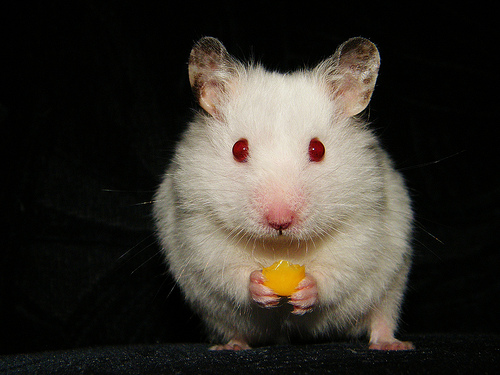 Also, the word cage is often used to mean ‘the place an animal lives in’ which is what I have gone for here. Although hamsters generally live in actual cages, gerbils tend to live in gerbilariums or tanks – although these are often called ‘cages’ generically.
Also, the word cage is often used to mean ‘the place an animal lives in’ which is what I have gone for here. Although hamsters generally live in actual cages, gerbils tend to live in gerbilariums or tanks – although these are often called ‘cages’ generically.
We can’t cover everything here – but some hamster set-ups aren’t even good enough for a hamster let alone a pair of gerbils. Similarly, some gerbilariums aren’t really suitable for the number of gerbils shown on the packaging – it is all about learning the things to look out for than what it says on the packaging. Many new set-ups ‘for hamsters’ have moved away from the traditional cages, and are more suitable (and safe) for gerbils long-term.
So let’s start by looking at how their basic cages are designed and why they are so different.
Let’s look at Hamsters first:
Hamsters are generally solitary-living slow-moving fur balls who like a neat tidy cage (not as small as the one pictured below but the same style). They have a large body and short legs made for tunnel walking and not for speed. If they can stay in the same place all day – they would love that.
They sleep (usually all day) in their cute brightly-coloured plastic house on a shallow layer of woodshavings (just enough to cover the plastic base) and occasionally – if the mood takes them – they will move all the shavings over to one corner of the tank for no good reason. They can be VERY active at night though – hence the larger size needed where you can offer it.
As they don’t need layers and layers of bedding (only enough to absorb waste) there is no need for a deep plastic base otherwise you wouldn’t be able to see your hamster all the time, so best to have all the rest of the place barred or have clear plastic pods so you can see them all the time.
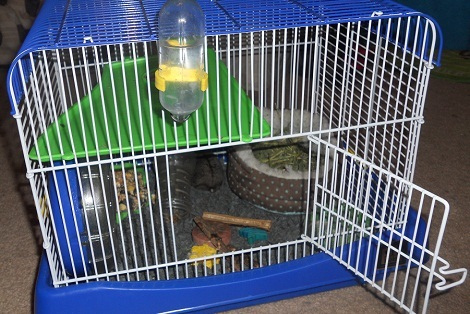

They like moving around in tubes horizontally but also vertically – a feat they achieve due to their giant girth where they push against the sides of the tubes with their immense bodies.
Although they have sharp teeth – and often use them on their owners and friends – they rarely use them for chewing anything other than food. And they don’t like to eat food where they find it – they like to move it all in their cheek pouches to a safe place where they store it for winter (?).
So the ideal hamster cage is?
As you guessed it – the ideal hamster cage therefore is something that can be small or divided up into small parts connected by plastic tubes running either across or up and down.
The whole thing and everything in it can be made of brightly-coloured plastic for ease and to look cute and the cage bases are minimal and only there to hold the thing together.
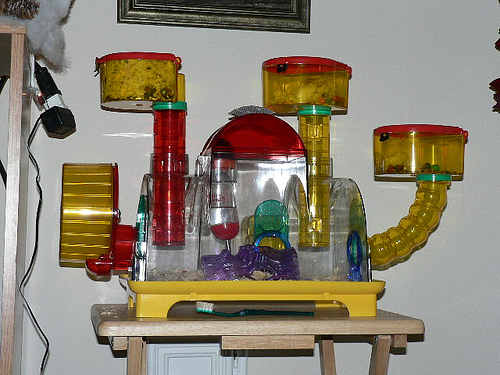

Hamster cages often have a mesh or barred wheel if there is space for one – and if they extend upwards, there is usually a plastic tube or plastic slope to the next level – usually also made of plastic.
As a result of all this compartmentalizing and connecting things – quite a lot of hamster cages are initially very very small – and it is up to you to buy all the other parts of the kit to make the place acceptable.
No hamster wants to live in a ‘starter kit’.
Now, let’s look at gerbils:
Gerbils are generally group-living fast-moving sleek machines who like the messiest-looking environment a human has ever seen (to the gerbils though it is totally organised). They have a slim body with giant back legs built for speed and digging. If they had to stay in the same place for 3 minutes – they would hate that. (Do you know how long it took me to get this picture below!)
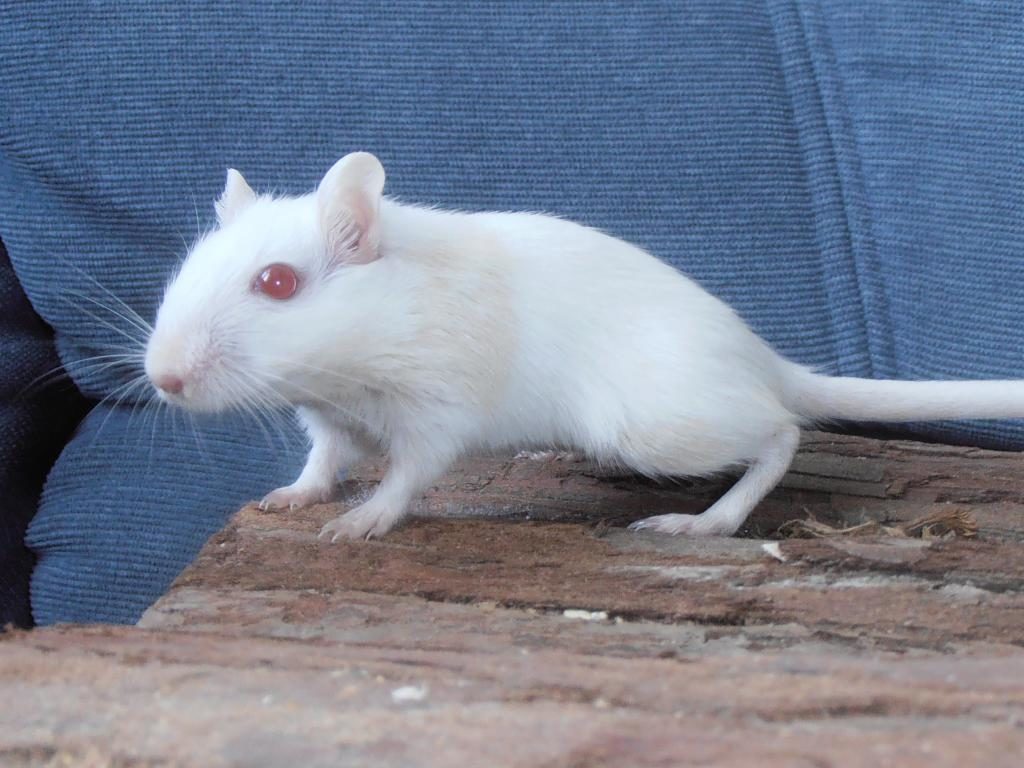
They sleep a short while then wake a short while then sleep a short while again – on and off all day and night. They usually build their nest in a wooden hut underneath a good few inches of bedding (enough to bury the house in in the first place) and very often – as is nearly always the case – they will rearrange virtually all of their bedding and eat through any toys overnight making the whole cage look different every 24 hours.
As they need very much bedding (enough to bury half their cage contents and to make tunnels) there is always a need for a deep glass or plastic base. Gerbils love to dig and move things around, so the contents of their cage are usually kicked back and forth throughout the day and night, every day and every night. Always different.
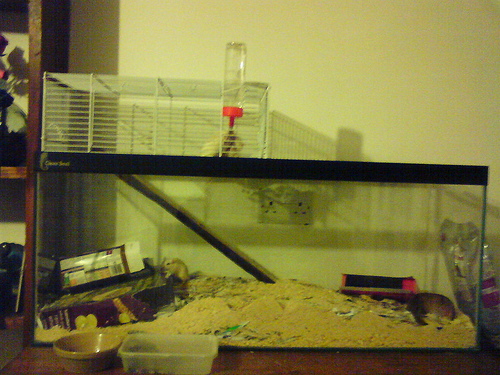
Best to have all the sides made of glass or solid plastic otherwise they won’t be able to do all their digging without kicking it all over your cupboards and dressers. However, you won’t be able to see your gerbils all the time as they will be underground in their wonderful creation – gerbil heaven.
They LOVE moving around underground or in tunnels – as that is where they feel safest. And they move mainly horizontally (usually found in really long single tanks rather than compartments) as they don’t have the body design for going vertically in tubes – a feat they find difficult to achieve due to their tiny front paws, giant back legs and tiny body frame – where they can’t push against the sides of the tubes.
They have sharp teeth – and chew just about ANYTHING – but rarely ever their owners or friends. Gerbils really don’t bite…
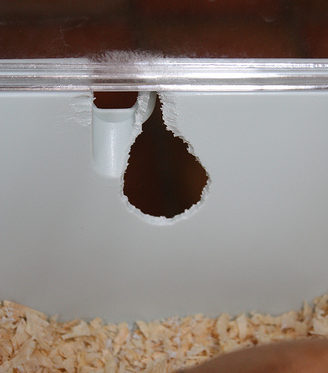
Gerbils are famous for chewing everything to pieces – even their solid wooden homes and the sides of plastic hamster cages, plastic ladders, plastic shelves and plastic houses and food bowls (which are all designed with hamsters in mind who don’t really chew anything).
And they like to eat food where they find it – they don’t have cheek pouches and aren’t known for their hoarding habits.
Seeing anything in common yet?
Not really, just their overall size.
The worry with all the habits of a gerbil plus being inside of a hamster cage is their safety – and of escape.
Gerbils chewing hamster cages to pieces is a very common ‘before the escape story – modular cages have weak points – and gerbil like to explore…
So the ideal gerbil cage is?
As you guessed it – the ideal gerbil cage therefore is something completely different to a hamster cage.
Gerbils need a set-up that doesn’t have plastic parts with edges. You can have a smooth edged hard plastic with no starting point for chewing – and edges are doomed. There are however a few exceptions as all the other alternatives are even less safe.
With gerbils – you often have to replace everything in their cages on a regular basis – nothing will last you their entire life. So if you buy something beautiful – don’t get upset with your gerbils later when they destroy it…
A cage that is small or divided up into small parts connected by plastic tubes is really not ideal for gerbils long-term and is asking for an escape as well as a complete mess in your room if it has barred parts. Also, if you have too many sections – your gerbils could start to fight as they spend more of their time apart…
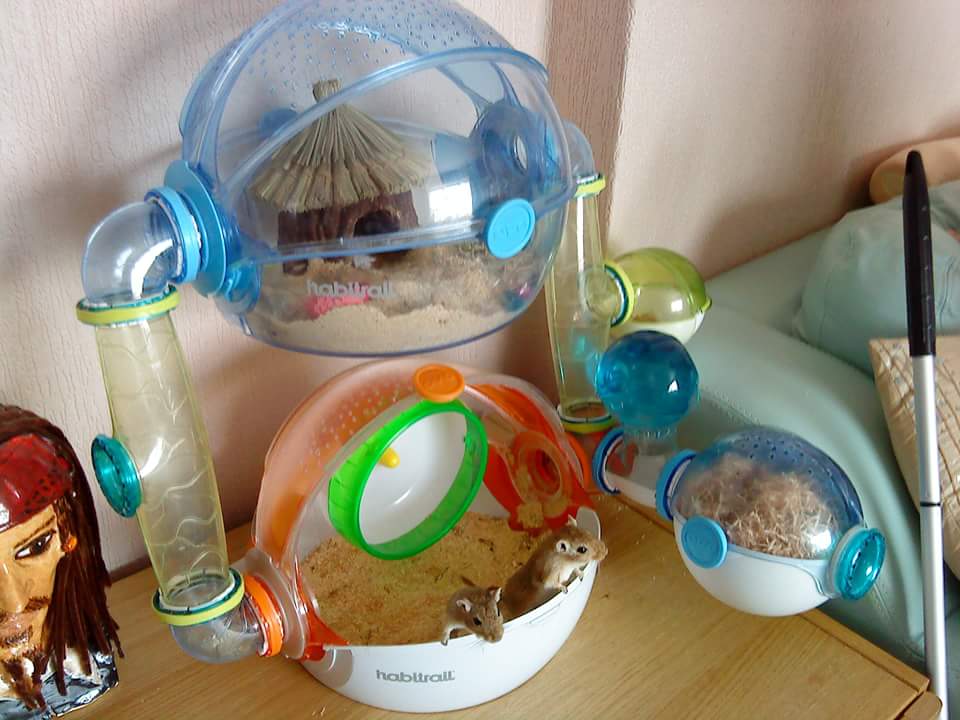
The whole cage and everything in it is best not made of brightly-coloured plastic for ease and to look cute (as your gerbils will eventually chew them to pieces and possibly hurt themselves) and the cage bases CAN’T be minimal and only there to hold the thing together – it has to hold a good few litres of bedding and hay in there at all times…
Gerbils are happy inquisitive creatures – so a home like this won’t make them look ‘sad’ – gerbils always ‘look happy’ no matter what cage they are in – it is in their nature to keep active and investigate new things and people.
However, you should always be looking out for the safety of your gerbil and allowing it to act in a natural way for a gerbil.
Gerbils should not have a mesh or barred wheel as it can trap their tail and even break it entirely off – they need a solid large wheel – 10 inches plus in diameter due to their giant back legs. The best ones are made of solid plastic (like in the image above) with no bars anywhere.
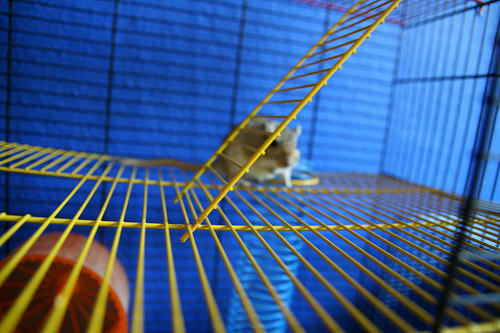
They may eventually chew these and they will need to be replaced, but if you want a wheel – these are the safest.
If gerbil cages are extended upwards, you should try to avoid plastic shelves and ladders at all costs – chewing it makes it sharp, it will harbour germs and could get stuck in your gerbils mouths.
Covered wire and/or wood shelves are essential.
So, can gerbils live in hamster cages?
You see why it was a yes and no answer now don’t you?
The best answer for gerbils would be NO – gerbils can’t live safely and enjoy a typical gerbil life if living in a standard hamster cage.
Nearly all basic hamster cages are too small for gerbils, have the wrong base to bar ratio and have too much plastic in them – but sometimes alternatives need to be used. I would rather a gerbil was safe in a smaller hamster cage than at risk of injury or escape in something larger and less suitable.
So, here are the ins and outs of those cage types:
A traditional hamster cage made totally of wire with a shallow coloured tray (like a cat litter tray) can safely hold a pair of gerbils and they can live in there with only a few adaptations. But it isn’t the best by a long shot and the metal shelves and ladders could cause foot injuries (to gerbils or hamsters).
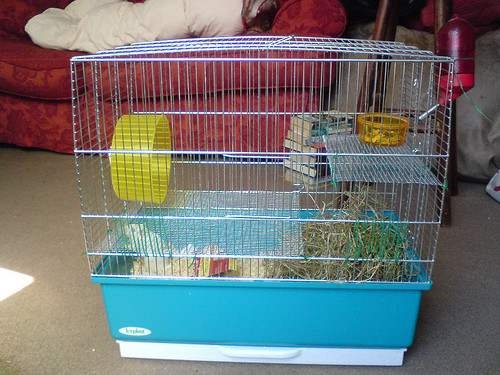
A traditional bird cage – why not – it is the same design as the hamster cages except for bar direction?
An enclosed hamster cage like a Ferplast Duna and upwards in size is much better than a wire cage as it will contain all their mess and they can have deeper bedding, but it has a load of plastic that will eventually get eaten.
The hole where the water bottle goes is the weakest point – so you will need to have it secured at all times – 30 minutes and they could be out of there…
A modular hamster cage made of all little sections and filled with weak points like plastic stoppers and plastic tubes cannot safely hold a pair of gerbils for any length of time. You would have to check every part of this set-up every day to be 100% sure your gerbil were safe they would be…
Gerbils can eat out of a plastic tank (at a weak point) overnight and be gone by morning (and a single gerbil who has escaped and found several days later will NOT be able to go straight back in with their friend (you would need a split tank introduction)).
ALSO they would remember where they escaped from last time – and do it again over and over.
A new trendy hamster cage may well be more of a gerbil-friendly set-up – as they are making the sides solid and a cage as only part of the top – basically just like a gerbilarium.
Take the QUTE cage as an example – although most commercial hamster cages/tanks will always be on the small side for gerbils – they will be a lot safer for gerbils than the two types above.
Large wooden hamster cages are even better – things like the PawHut Large Wooden hamster cage is perfect for gerbils (apart from the fact it is wood and they will eventually chew it to pieces) – but while it lasts it would be GREAT.
Larger cages of this style which are advertised for rabbits and guinea pigs could also be suitable alternatives too – where the size is greatly increased (but the bar size hasn’t) – like the Living World Green Eco Habitat. Often guinea pig habitats are too easily escaped from by gerbils as they have bars based on the habits and size of a guinea pig.
Shame that most guinea pigs and rabbit cages are too small for rabbits and guinea pigs – but with smaller bars (or more solid sides) could be great for gerbils and hamsters!
Animals are SO pigeon-holed into habitats (no pun intended).
Basically, as long as it is safe for gerbils – you can use it short term; but if it is larger, deeper and wood and cardboard-filled you can use it long term.
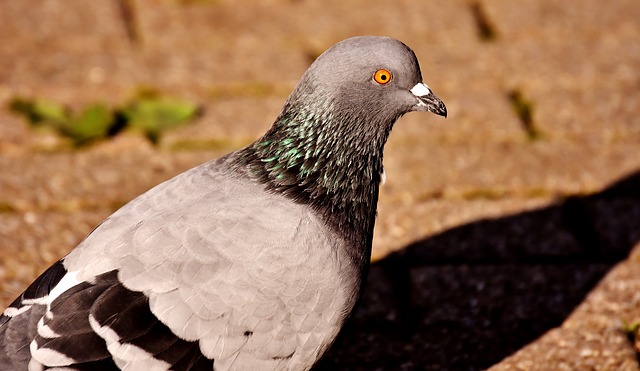
Photo by duchessoftea 
Useful site! In one of your posts you said the bottom of a gerbilarium (the bit below the wire) should be deep. Deep enough for tunneling and messing…but how deep is deep? You’ve said they will relocate substrate to make depth, but I’d like to give them a bit of depth to start with. Some of the gerbil habitats have 8-12cm lower sections.
Thank you Rory – and as for your questions – as deep as you can go really – you just need to consider the mess.
This is why gerbilariums can be a problem. Some people fill the base with shavings (perfect for gerbils) but then the gerbils kick it all (accidently) outside the cage through the bars, so the human puts in less bedding next time so it isn’t all kicked out (not as good for the gerbil). It is a compromise – so some people come up with weird and wonderful ways of stopping or catching the kicked out bedding and keep putting it back in – so the gerbils keep their depth but the bedding isn’t wasted. But everyone has their own way of dealing with it.
This is why many people opt for a full tank as much more of the bedding stays in the enclosure and the gerbils get to have their deep bedding all the time. It just depends on what you want to, or what you can, offer them.
CM-wise, I usually have about 10-15 cms (6 inches) in my tank to begin with and then add shredded paper or hay as well as boxes for them to chew up and redistribute to raise the level. Some people have more from the start, but I like to watch them at work after a good clean out so don’t overfill at the start. If you add artificial tunnels to the base, you can use less bedding, but I would say that it needs to reach at least half-way up the base of a standard gerbilarium (when viewed from outside) to allow for some underground action and to fulfill their urge to dig.
Hope that helps…